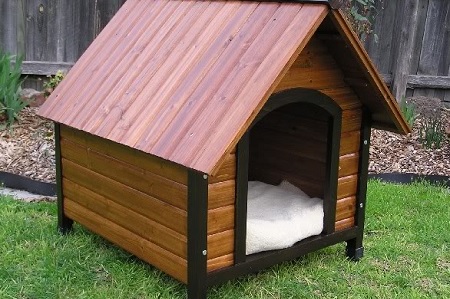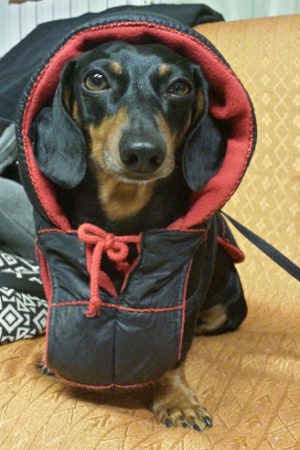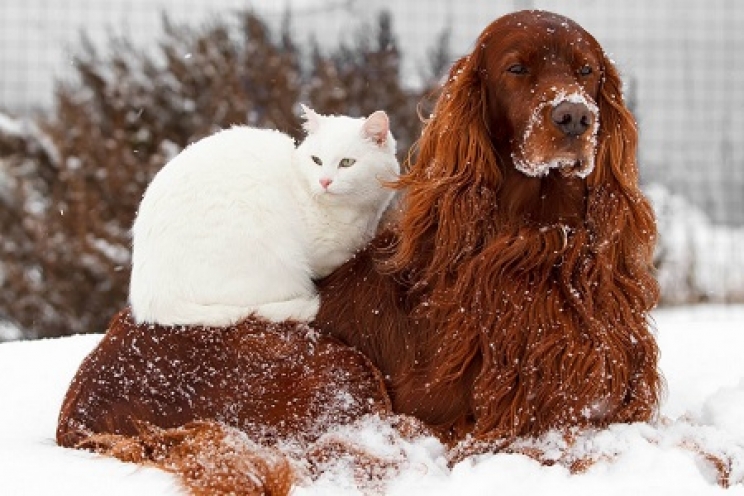At the gates of winter, when temperatures begin to drop, our four-legged friends - but above all their owners - try at all costs to protect themselves from the cold. Let's try to understand what are the useful precautions to prevent the dog and the cat from catching some seasonal ailments.
Protect them: yes or no?
Although there are still many people - especially the elderly - who remain faithful to the idea of cats and dogs are naturally protected from the cold, thanks to the fur and the genetic predisposition for outdoor life, in reality it is not always like this.
As we have explained several times, it is unthinkable to compare the animals that live with us today to those of dozens of years ago. The problem arises from the fact that very often we tend to forget about a very important concept: adaptation. Dogs, in particular, but also cats, over the years have been "promoted" by animals useful to humans to hunt and keep rats away instead of real life companions.

As we well know, nature is able to regulate itself to all changes, precisely to avoid something that is no longer useful, promoting something else that perhaps could really be useful. To further understand this concept, we must consider that our pet has adapted to home life by getting rid of the thick fur and has developed a nice warm undercoat. (certainly less imposing than that of a wild wolf from the snowy forests.)
A different situation may be that of the cat, who is often used to living in an apartment, with very limited possibilities of going out. In this case, he will probably develop a rather warm, but not excessive, winter undercoat. On the contrary, cats used to living in the garden or in any case were used to go out and would defend themselves with a nice warm fur.
In any case, the most important aspect to take into consideration is that very cold outside temperatures, especially during the night when humidity increases, certainly do not benefit our pet.
The problem is not so much the cold itself, unless it is extreme temperatures. As mentioned before, excessive humidity, a particularly harsh cold, snow, rain and wind can also be responsible for colds, bronchitis and even pneumonia.
The issue is even more complicated in puppies, in elderly, sick, weak animals, but also in all breeds of dogs and cats that are not naturally equipped with adequate fur. We speak above all of the Sphynx cats and the Chinese crested dog, which are completely hairless, and therefore very sensitive to cold. At the same time, even short-haired animals, such as Dachshund, Beagle, French Bouldogue, Boxer, Bracco and many others, will be more exposed to low temperatures.
The right tips
There are many tricks that we can put into practice to help our four-legged friends to spend a peaceful winter.
Regardless of any attempt to stir guilt, when it is really cold, would we like to go to sleep in the garden, besides being well dressed, whilst everyone is comfortably in front of the fireplace? Basically, the same thing applies to our four-legged friends, we must avoid freezing cold temperatures. Therefore, we try to be very careful, especially at night, following some of the tips that we will see later.
If we do not have the opportunity to host our pet in winter, we can alternatively opt for the garage or at least a well-sheltered place in the garden or courtyard. This means that the place where we are going to place the dog's bed must be exposed as little as possible to wind and rain, which in winter can become very traumatic for everyone.
The dog’s bed is a rather particular topic, because we often have the impression that buying a beautiful wooden construction is already more than enough. Actually, not all beds are suitable:

-
Size: we must make sure that they are large enough to accommodate our dog, but not too large to disperse the heat. The size must be adequate for the build of the animal, to make it feel more protected;
-
Blankets: we put nice heavy blankets on the bottom in the kennel, in order to make the impact of the abdomen with cold and damp wood less traumatic;
-
Raised from the ground: the pouring winter rain can reach the bottom of the kennel in a few minutes, impregnating the wood. So let's lift it from the ground a few centimetres with suitable supports;
-
Insulated is better: comfortable insulated kennels are easily found on the market, made with materials that insulate the interior and exterior from rain and cold. Alternatively, we can easily do it alone, by applying polystyrene plates inside, to be covered with a wooden plate (otherwise the dog or cat could eat it), a bituminous sheath, a Plexiglas panel and many other solutions available in any hardware store or home improvement store.
If, on the other hand, our friend lives in the house, it is not said that any place is fine. Animals love to be warm, so let's offer them well-sheltered places, close to heat sources.
If we have the classic radiators, a very nice idea for them is to place some comfortable hammocks suspended on the radiator grills, but obviously not to close. A blanket or a basket on the floor will also be fine.

For those who have the comfort of heated floors, everything will be much easier, but remember that sometimes the excessive heat can be unwelcome. Therefore, we must leave some baskets or blankets at his disposal also in raised places from the floor.
Heated blankets and heating pads is a particular chapter. Remember that our four-legged friends unfortunately have the habit of "letting go" with pee and vomit. Suppose they had to do it right on the electric heating pad while they are still sitting on it. This is a situations that we would want to avoid.
The discussion about the coat also deserves a more in-depth discussion. Concisely, we can say that the coat can be useful for very thin and short-haired animals, in puppies or in the elderly, and also in those of a smaller breed as they disperse heat more easily. However, even long-haired animals may need extra protection, especially in case of rain and humidity, so raincoats are absolutely approved. However, they must also protect their abdomen.
In any case, the ideal coat should always be waterproof, especially in the part of the abdomen and chest, more sensitive to cold and humidity. In addition, for the situations we listed above, an interior lining in cloth or other warm material may be helpful.
For the cat, however, the Sphynx is the only one to enjoy this "privilege", which however would be obvious keeping it always sheltered in the winter. Cats hate anything that makes them feel forced, so we would torture them for no reason, especially if they live indoors.
Watch out for a sudden temperature change these are the real responsible of seasonal ailments. Before going out with the dog, if we have a veranda or a colder place than inside the house, let's stay there for a few minutes, in order to gradually get used to the cold outside temperature.










